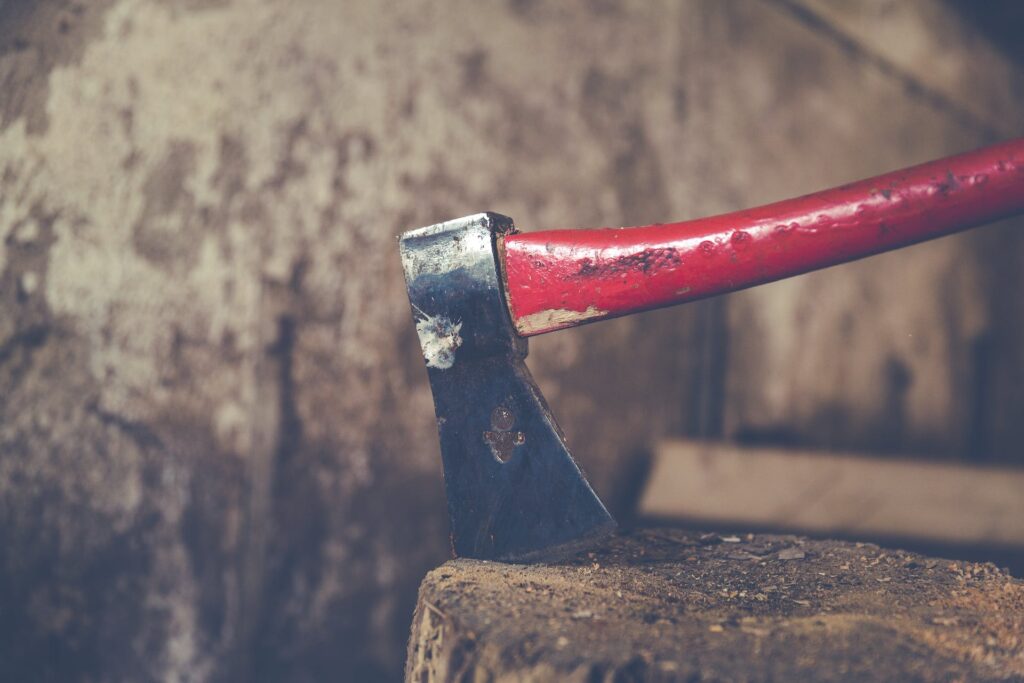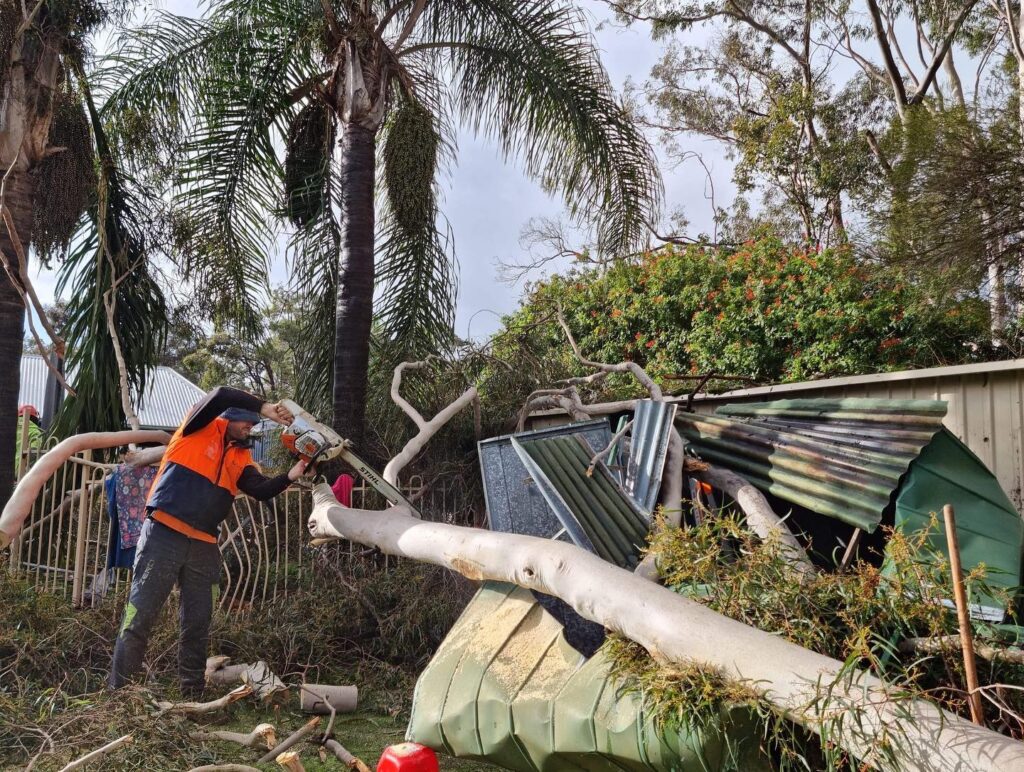Tree removal is a task that should never be taken lightly, and when it comes to the safety of your property and the well-being of those around you, hiring a professional is crucial. While the allure of a DIY approach may seem appealing, the risks associated with amateur tree removal can far outweigh the perceived benefits. In this article, we’ll delve into the potential dangers of DIY tree removal and underscore the importance of hiring a qualified professional for such critical tasks.

Safety Concerns
One of the foremost reasons to avoid DIY tree removal is the inherent safety risks involved. Cutting down a tree, especially a sizable one, requires specialized knowledge and equipment. Without proper training and tools, an individual attempting to fell a tree may inadvertently cause harm to themselves, bystanders, or nearby structures. Professionals, on the other hand, are trained to assess the risks, use safety gear, and employ the right techniques to ensure a secure removal process.
Lack of Expertise
Tree removal is a nuanced task that demands a deep understanding of tree anatomy, growth patterns, and potential hazards. Professionals have the expertise to evaluate these factors, ensuring that the removal process is executed in a way that minimizes risks and damage. DIY enthusiasts may lack this knowledge, leading to improper cuts, uncontrolled falls, and unexpected complications.
Property Damage
Amateur tree removal can result in unintended consequences, such as property damage. Without the skill to predict the tree’s trajectory during the felling process, individuals may find themselves facing crushed fences, damaged roofs, or even harm to neighboring vegetation. Professional arborists employ precision cutting techniques and have the equipment to guide the tree’s descent safely, mitigating the risk of collateral damage.
Incorrect Equipment Usage
Using the right tools is fundamental to a successful tree removal. Professionals are equipped with a range of specialized tools, including chainsaws, ropes, and harnesses, tailored for the task at hand. DIY attempts often involve makeshift tools or inappropriate equipment, increasing the likelihood of accidents and injuries. Professional arborists use cutting-edge gear designed for efficiency and safety.
Environmental Impact
Tree removal isn’t just about cutting down a tree; it involves assessing the environmental impact and ensuring that the process is conducted responsibly. Professionals are trained to consider factors such as the health of surrounding vegetation, wildlife habitats, and local regulations. DIY attempts may overlook these considerations, potentially causing harm to the ecosystem and resulting in legal repercussions.
Unforeseen Complications
Trees, especially mature ones, may harbor unexpected challenges such as diseases, structural weaknesses, or hidden decay. Professionals can identify these issues during the assessment phase and adapt their removal strategy accordingly. DIY tree removal attempts may overlook these complications, leading to hazardous situations that pose a threat to both property and personal safety.
Conclusion
- In conclusion, the dangers associated with DIY tree removal are numerous and significant. From safety hazards and property damage to environmental concerns and unforeseen complications, the risks far outweigh the perceived cost savings. Hiring a professional arborist ensures that the tree removal process is executed with precision, expertise, and a commitment to safety.
- When facing the decision of whether to tackle tree removal yourself or hire a professional, consider the potential consequences and the value of entrusting such a critical task to those with the knowledge and experience to get the job done right. Your safety, the safety of others, and the integrity of your property are worth the investment in a qualified tree removal professional.


